Usage
The template for used to configure these sub-pages is located at {{Selected X}}
- Add a new Selected biography to the next available sub-page.
- Update "max=" to new total for its {{Random portal component}} on the main page.
Selected biography 1
Portal:European military history/Selected biography/1
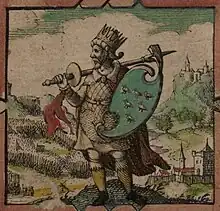
Selected biography 2
Portal:European military history/Selected biography/2
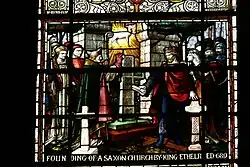
Selected biography 3
Portal:European military history/Selected biography/3
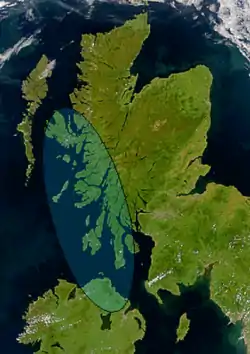
Selected biography 4
Portal:European military history/Selected biography/4

Selected biography 5
Portal:European military history/Selected biography/5
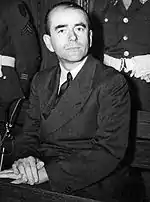
Selected biography 6
Portal:European military history/Selected biography/6
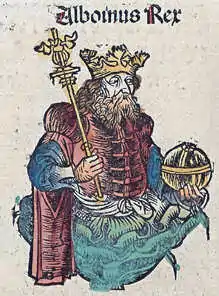
Selected biography 7
Portal:European military history/Selected biography/7
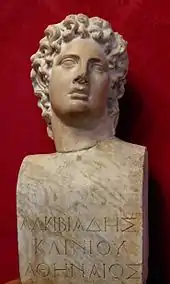
Selected biography 8
Portal:European military history/Selected biography/8
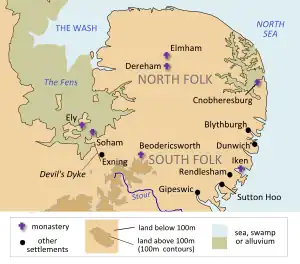
Selected biography 9
Portal:European military history/Selected biography/9
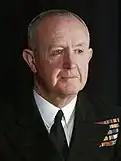
Selected biography 10
Portal:European military history/Selected biography/10
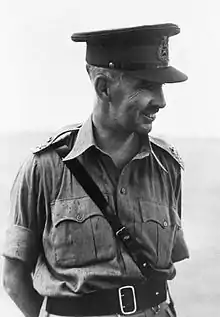
Selected biography 11
Portal:European military history/Selected biography/11

Selected biography 12
Portal:European military history/Selected biography/12
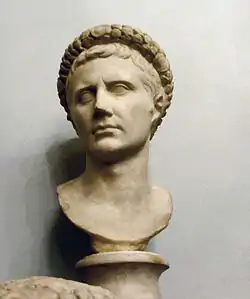
Selected biography 13
Portal:European military history/Selected biography/13
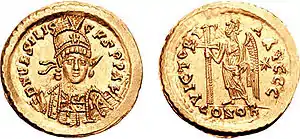
Selected biography 14
Portal:European military history/Selected biography/14
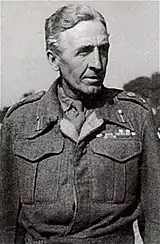
Selected biography 15
Portal:European military history/Selected biography/15

Selected biography 16
Portal:European military history/Selected biography/16

Selected biography 17
Portal:European military history/Selected biography/17

Selected biography 18
Portal:European military history/Selected biography/18
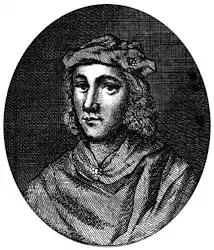
Selected biography 19
Portal:European military history/Selected biography/19
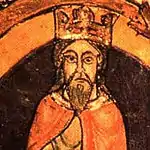
Selected biography 20
Portal:European military history/Selected biography/20
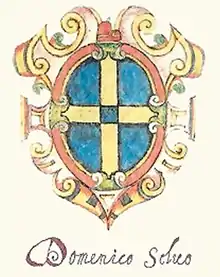
Selected biography 21
Portal:European military history/Selected biography/21

Selected biography 22
Portal:European military history/Selected biography/22
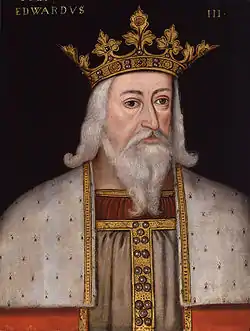
Selected biography 23
Portal:European military history/Selected biography/23

Selected biography 24
Portal:European military history/Selected biography/24

Selected biography 25
Portal:European military history/Selected biography/25
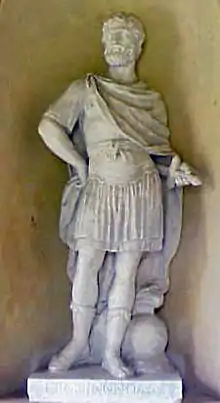
Selected biography 26
Portal:European military history/Selected biography/26

Selected biography 27
Portal:European military history/Selected biography/27
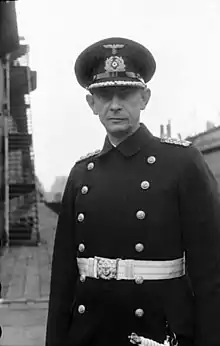
Selected biography 28
Portal:European military history/Selected biography/28
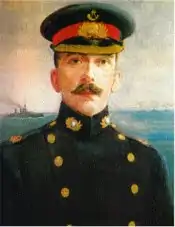
Selected biography 29
Portal:European military history/Selected biography/29
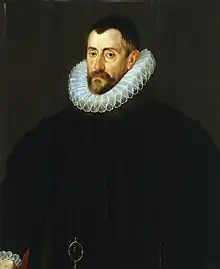
Selected biography 30
Portal:European military history/Selected biography/30
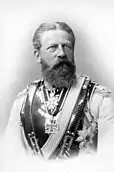
Selected biography 31
Portal:European military history/Selected biography/31
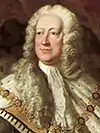
Selected biography 32
Portal:European military history/Selected biography/32
.jpg.webp)
Selected biography 33
Portal:European military history/Selected biography/33
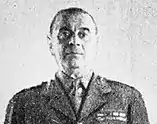
Selected biography 34
Portal:European military history/Selected biography/34
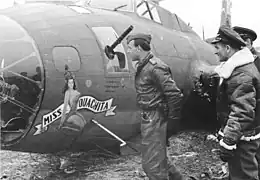
Selected biography 35
Portal:European military history/Selected biography/35
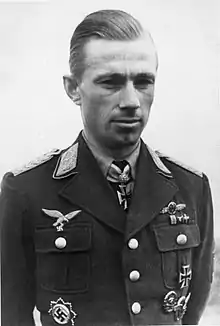
Selected biography 36
Portal:European military history/Selected biography/36
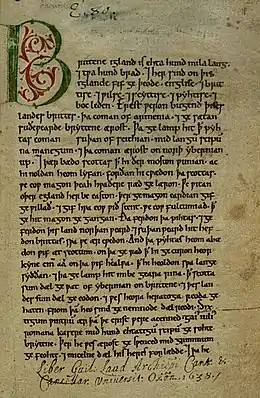
Selected biography 37
Portal:European military history/Selected biography/37
.jpg.webp)
Selected biography 38
Portal:European military history/Selected biography/38
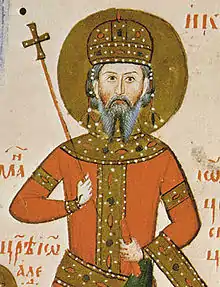
Selected biography 39
Portal:European military history/Selected biography/39 Hovhannes Bagramyan was a Soviet Armenian military commander and Marshal of the Soviet Union. During World War II, Bagramyan became the first non-Slavic military officer to become a commander of a Front. Bagramyan's previous experience in military planning as a chief of staff officer allowed him to distinguish himself as a capable commander during the war in the early stages of the Soviet counter-offensives against Nazi Germany. He was given his first command of a unit in 1942 and in November 1943, received his most prestigious command as the head of the First Baltic Front. As head of the Baltic Front, he participated in the offensives which moved westwards to push German forces out of the occupied Soviet Union and the recapturing of the Baltic republics. After the war, he served as a deputy member of the Supreme Soviets of the Latvian Soviet Socialist Republic and Armenian Soviet Socialist Republic and was a regular attendant of the Party Congresses. In 1952, he became a candidate for entry into the Central Committee and, in 1961, was inducted as a full member. For his contributions during the war, he was widely regarded as a national hero in the Soviet Union, and continues to hold such esteemed status among many Armenians today. (Full article...)
Selected biography 40
Portal:European military history/Selected biography/40
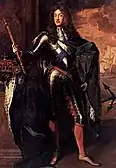
Selected biography 41
Portal:European military history/Selected biography/41
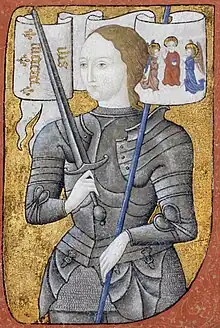
Selected biography 42
Portal:European military history/Selected biography/42
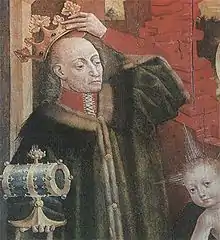
Selected biography 43
Portal:European military history/Selected biography/43
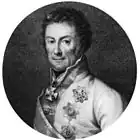
Selected biography 44
Portal:European military history/Selected biography/44
.jpg.webp)
Selected biography 45
Portal:European military history/Selected biography/45

Selected biography 46
Portal:European military history/Selected biography/46
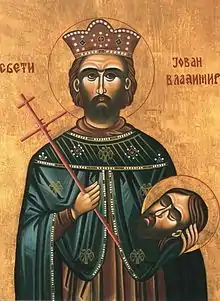
Selected biography 47
Portal:European military history/Selected biography/47
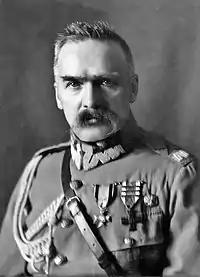
Selected biography 48
Portal:European military history/Selected biography/48
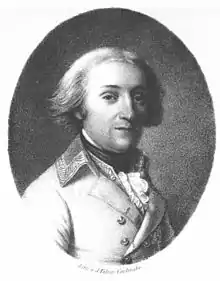
Selected biography 49
Portal:European military history/Selected biography/49
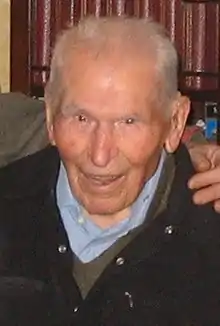
Selected biography 50
Portal:European military history/Selected biography/50
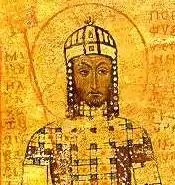
Selected biography 51
Portal:European military history/Selected biography/51
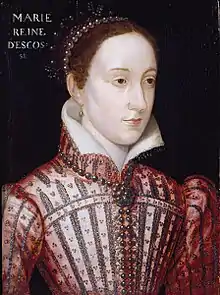
Selected biography 52
Portal:European military history/Selected biography/52
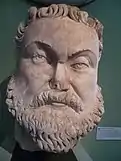
Selected biography 53
Portal:European military history/Selected biography/53
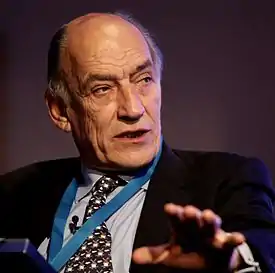
Selected biography 54
Portal:European military history/Selected biography/54
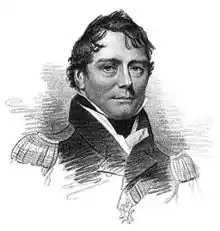
Selected biography 55
Portal:European military history/Selected biography/55
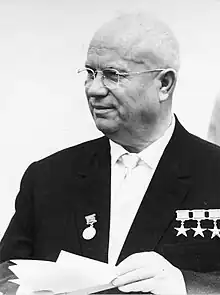
Selected biography 56
Portal:European military history/Selected biography/56 Óengus I was king of the Picts from 732 until his death in 761. His reign can be reconstructed in some detail from a variety of sources. Óengus became the chief king in Pictland following a period of civil war in the late 720s. During his reign, the neighbouring kingdom of Dál Riata was subjugated and the kingdom of Strathclyde was attacked with less success. The most powerful ruler in Scotland for over two decades, he was involved in wars in Ireland and England. Kings from Óengus's family dominated Pictland until 839 when a disastrous defeat at the hands of Vikings began a new period of instability, which ended with the coming to power of Cináed mac Ailpín. (Full article...)
Selected biography 57
Portal:European military history/Selected biography/57
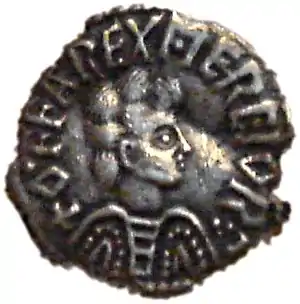
Selected biography 58
Portal:European military history/Selected biography/58
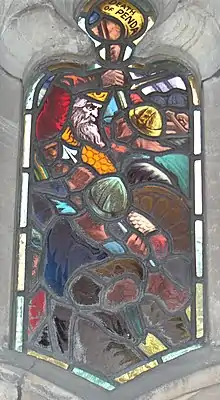
Selected biography 59
Portal:European military history/Selected biography/59
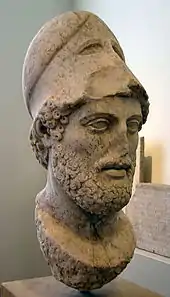
Selected biography 60
Portal:European military history/Selected biography/60
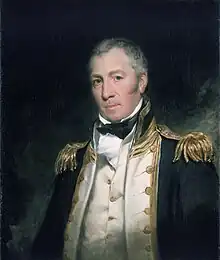
Selected biography 61
Portal:European military history/Selected biography/61
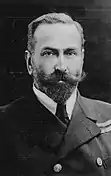
Selected biography 62
Portal:European military history/Selected biography/62
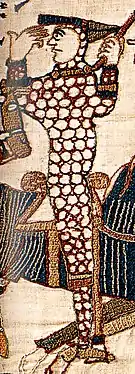
Selected biography 63
Portal:European military history/Selected biography/63
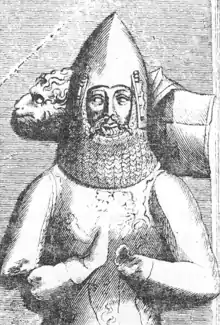
Selected biography 64
Portal:European military history/Selected biography/64
.png.webp)
Selected biography 65
Portal:European military history/Selected biography/65
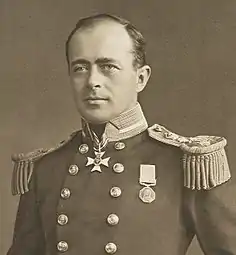
Selected biography 66
Portal:European military history/Selected biography/66
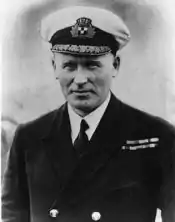
Selected biography 67
Portal:European military history/Selected biography/67

Selected biography 68
Portal:European military history/Selected biography/68
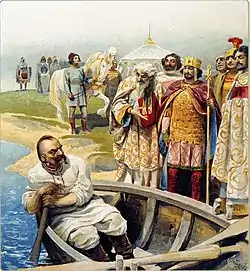
Selected biography 69
Portal:European military history/Selected biography/69
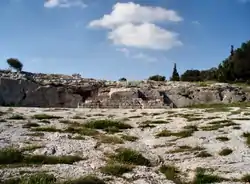
Selected biography 70
Portal:European military history/Selected biography/70
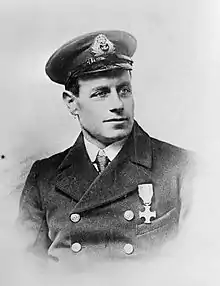
Selected biography 71
Portal:European military history/Selected biography/71
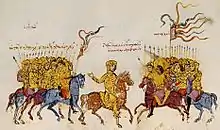
Selected biography 72
Portal:European military history/Selected biography/72

Selected biography 73
Portal:European military history/Selected biography/73

Selected biography 74
Portal:European military history/Selected biography/74
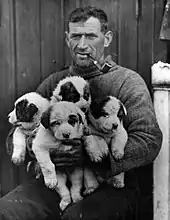
Selected biography 75
Portal:European military history/Selected biography/75
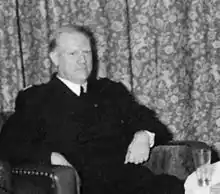
- ↑ The youngest lieutenant field marshal not of the House of Habsburg. At age 20, Archduke Charles, Duke of Teschen, was the youngest.